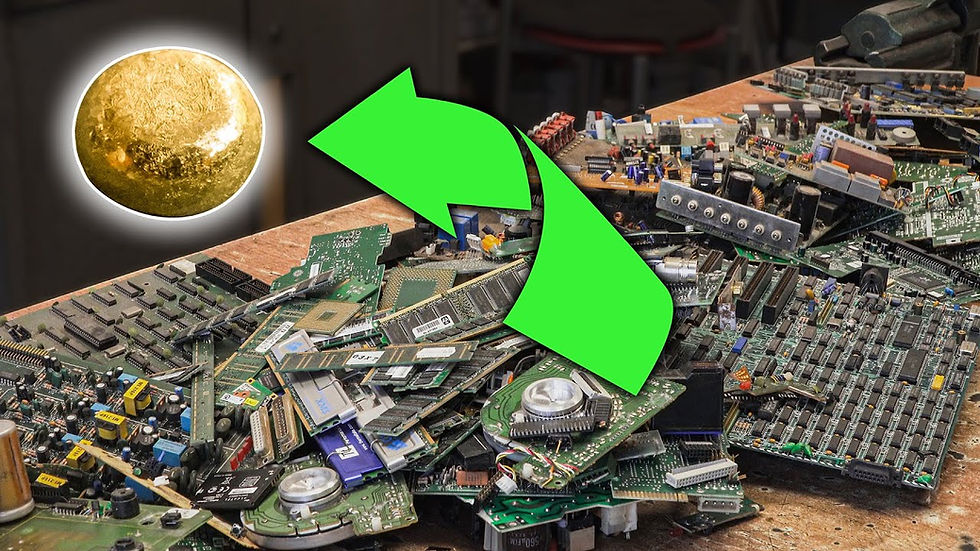A trick up the trunk: redwoods sprout back
- World Half Full

- Dec 4, 2023
- 2 min read
Updated: Jan 6, 2024
SCIENCE/ENVIRONMENT

A devastating fire sparked fears California’s redwoods would never recover, but these old timers — some of them more than 2,000 years old — had a trick up their trunks, and utilised deep stores of energy in their roots to sprout new growth weeks after they were badly charred.
After lightning sparked a fire in California’s Big Basin Redwoods State Park during the early years of the recent drought, scientists were worried about the ancient trees, but also knew they had evolved to deal with fire over millions of years.
Nevermind their thick shaggy bark — which acts like a firefighter’s coat — the fire blazed right up to their crowns, torching every needle along the way, and leading scientists to think they would come back from that
“It was shocking,” Drew Peltier, a tree ecophysiologist at Northern Arizona University, told Science Magazine. “It really seemed like most of the trees were going to die.”
Though thin, the pine needles of a redwood do contain all the necessary equipment for photosynthesis, and when the fire burned them all, it was unclear how the tree would create energy for itself, but a new paper published by Peltier and colleagues shows that new buds had been lying dormant for a long time under the bark of these trees, and sugars produced from photosynthesis decades ago were used to power these buds out into the sunlight.
Melissa Enright from the US Forest Service used black plastic bags to block the sunlight on some of the charred trees from reaching the shoots as they emerged. Nevertheless, the shoots carried on shooting, and soon they were little pine boughs. Then Enright and colleagues, lincluding Peltier, were able to radiocarbon date the sugars in the boughs to assess their age.
The average age of the sugar molecules was 21 years — meaning the tree was using energy it generated back at the start of the century to power new growth. Then, by looking at the individual carbon molecules inside the sugars, they found that some of the carbon was three times as old as that.
Peltier says it challenges the whole image of tree metabolism, and gives real hope that our planet’s older trees can survive fires, even ones that burn the canopy.
ABOVE Redwoods sprouting back
PHOTO Melissa Enright/US Forest Service




Comments